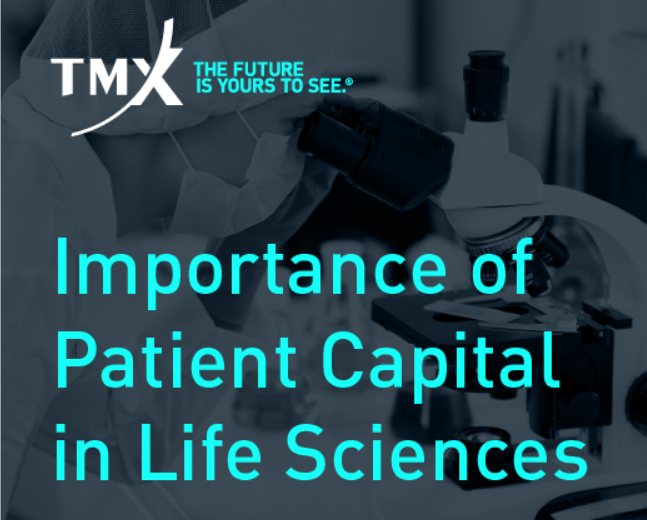Bart Laws recently wrote a scathing critique of Life Line Screening’s ultrasound screening of carotid arteries. His argument is objectively not true and I will explain why.
It is a common but misguided criticism that we offer screenings not recommended by the U. S. Preventive Services Task Force. The focus of this argument usually revolves around the Task Force report on carotid artery screenings. The USPSTF statement on carotid artery stenosis screening is frequently misinterpreted.
The statement recommends against hospital-based screening of asymptomatic individuals for the purposes of treating with carotid endarterectomy. They do not examine community-based screening for the purposes of early identification and treatment with lifestyle coaching and medical management, which is what Life Line Screening does. Others agree, as Dr. Lavenson, of the prestigious Uniformed Services University for Health Sciences, states in his article on the topic, “The USPSTF recommendation against screening for CAD (carotid artery disease)…is ill advised and should be reconsidered.” (Reference 1 below)

A Deep-dive Into Specialty Pharma
A specialty drug is a class of prescription medications used to treat complex, chronic or rare medical conditions. Although this classification was originally intended to define the treatment of rare, also termed “orphan” diseases, affecting fewer than 200,000 people in the US, more recently, specialty drugs have emerged as the cornerstone of treatment for chronic and complex diseases such as cancer, autoimmune conditions, diabetes, hepatitis C, and HIV/AIDS.
Additionally, by following another recommendation by the USPSTF that only men between the ages of 65 to 75 should be screened for AAA (abdominal aortic aneurysm), more than half of actual AAA’s will go undetected (2). We, at LLS, believe strongly in the importance of evidence based medicine. Evidence in medicine, as I’m sure you know however, is an ever changing dynamic. The conclusions of the USPSTF are based on data which are many years old and no longer represent the current literature based evidence.
Preventive vascular screening, like the screening Life Line Screening conducts, aims to identify those with subclinical diseases before they call for drastic recovery measures. Diseases are identified at a time when simple lifestyle changes and medical management can make a vast difference. Its focus is on creating a teachable moment between doctors and patients during which advice promoting healthy lifestyle, such as eating well, exercising and not smoking, can actually lead to positive health changes. Medical management such as aspirin therapy or statins can also be implemented and possibly deter a life-threatening health event or surgery. Individuals who find surgery is needed typically respond with gratitude for finding a potentially life-threatening condition. After review by researchers in the UK, community-based vascular screenings for carotid disease were found to be both cost-effective and life-saving (3, 4). Research in the U.S. has found consistent findings (5).
There is no question that risk factors for cardiovascular disease and stroke are extremely prevalent in the United States. Recent statistical research shows that 94% of the population has at least one risk factor for cardiovascular disease. Those with serious risk factors amount to 38% (6). There are nearly 800,000 stokes a year in the U.S. and, after the age of 55, stroke risk doubles every decade (7). We are a nation at risk and we can no longer ignore the facts.
The prominence of risk factors are what motivate those of us at Life Line Screening to conduct other stroke screenings along with PAD screening, all of which are very important aids in the early detection of a stroke. Our PAD/ABI screening supports the identification of peripheral arterial disease, an entity which, when present, is associated with a five times higher risk of ischemic heart disease than that for individuals without PAD. In addition, we also offer screening for two other common causes of stroke, atrial fibrillation (AF) and hypertension (HT). With these methods of early detection, it is our goal to decrease the number of people afflicted with a stroke each year.

BioLabs Pegasus Park Cultivates Life Science Ecosystem
Gabby Everett, the site director for BioLabs Pegasus Park, offered a tour of the space and shared some examples of why early-stage life science companies should choose North Texas.
The National Stroke Association website clearly outlines the underlying disease stages that lead to stroke, all of which are conditions for which Life Line Screening tests (8). These diseases are listed as “Controllable Risk Factors” but, as noted on the website, are often asymptomatic. The screenings conducted by Life Line Screening are meant to provide a means for early detection that individuals might not otherwise have. From there, individuals can get on a path to wellness before something unfortunate and serious happens. We urge all participants to share the screening results with a doctor, who can then decide what the next step for the individual should be.
References
1. Lavenson GS. Why the U.S. Preventive Services Task Force Recommendation against Screening for Asymptomatic Carotid Artery Disease Should be Reconsidered. J Vasc Ultrasound, 36(10: 26-30), 2012.
2. Zwolak RM, Kent KC. Screening for Abdominal Aortic Aneurysms.
3. SVS
4. Wyman RA, Fraizer MC, et. Al. Ultrasound-detected carotid plaque as a screening tool for advanced subclinical atherosclerosis. Am Heart J. 2005 Nov; 150(5): 1081-5.
5. Saleem MA, Sadat U, et al. Role of carotid duplex imaging in carotid screening programmes – an overview. Cardiovascular Ultrasound 2008; 6: 34.
6. Heart Disease and Stroke Statistics – 2012 Update: A Report from the American Heart Association.
7. NIDDS
8. National Stroke Association













